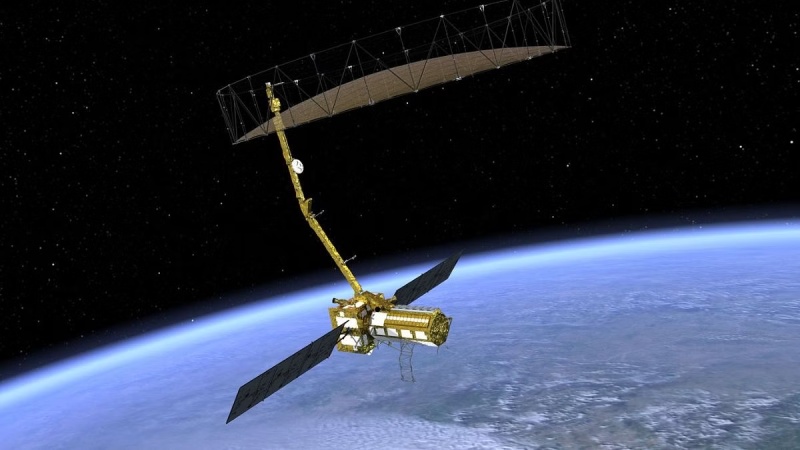The C-130 Hercules is currently on an extensive multi-continent journey to deliver a crucial component for the NISAR satellite to Bengaluru, India. This mission, confirmed by NASA, involves stops at key locations including the March Air Reserve Base in California, where the radar antenna reflector from NASA’s Jet Propulsion Laboratory will be picked up. Spanning 24,500 nautical miles and requiring around 80 hours of flight time, the trip includes stops in the U.S., Hawaii, Guam, and the Philippines before reaching Bengaluru.
NISAR, a joint project between NASA and the Indian Space Research Organisation (ISRO), will advance Earth observation technology with its planned 2025 launch. Once operational, the satellite will help scientists monitor a range of global phenomena, including ecosystems, ice sheets, sea levels, vegetation, and natural hazards like earthquakes and tsunamis. Equipped with cutting-edge Synthetic Aperture Radar (SAR) technology, NISAR operates on both L-band and S-band frequencies, allowing it to capture high-resolution images of Earth’s surface. This dual-frequency capability is a first for radar-imaging satellites and will enable it to continuously gather data, regardless of weather or light conditions.
The satellite’s launch was originally scheduled for an earlier date, but issues with the radar antenna reflector caused delays. The reflector was sent back to the U.S. in March for a special thermal coating to ensure it can endure the intense temperatures encountered during its deployment in space. NASA has confirmed that the reflector will reach Bengaluru by November, where it will be integrated with the satellite.
Once the antenna arrives, it will be subjected to rigorous testing before being fitted into the satellite at ISRO’s facility. NISAR is set for launch in February 2025 from the Satish Dhawan Space Centre in Sriharikota, using ISRO’s GSLV Mk-II rocket. This collaboration between NASA and ISRO aims to provide vital data on environmental shifts and natural disasters through advanced radar imaging. By capturing detailed images every 12 days, NISAR will deliver critical insights into how Earth’s surface changes over time.
The addition of a special heat-resistant coating to the radar antenna ensures that the mission proceeds smoothly. This transport marks a key phase in the project, as NISAR’s arrival in Bengaluru will signal the start of its final assembly and preparations for its important role in global environmental monitoring.
Topics #2025 #C-130 Hercules #Earth #galaxy #India #ISRO #Moon #NASA #news #NISAR #NISAR mission #solar system #Space #universe #USA











